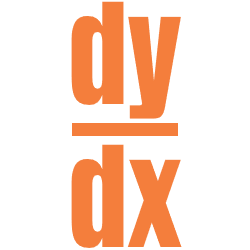Method: Inverse Trig Derivatives
Step 1: Simplify and look for algebraic rewrites.
This is your new version of Option 1 from limits. This means it is the first thing you will always want to do before you start actually applying a derivative rule. You must ensure that the equation is ready to have a derivative taken.
- Roots or Radicals
- x’s on the bottom of a fraction.
- Trig functions raised to a power.
Step 2: Identify your derivative rule as the one of the six inverse trig function special cases.
Remember as soon as what is inside the trig function is more than just your basic x , the problem becomes a chain rule process.
Step 3 (If it has more than just an x ): Run the standard chain rule process with whatever replaced your basic x as the inside piece.
Step 3 (If it has just an x ): Apply your specific trig function’s special case rule.
